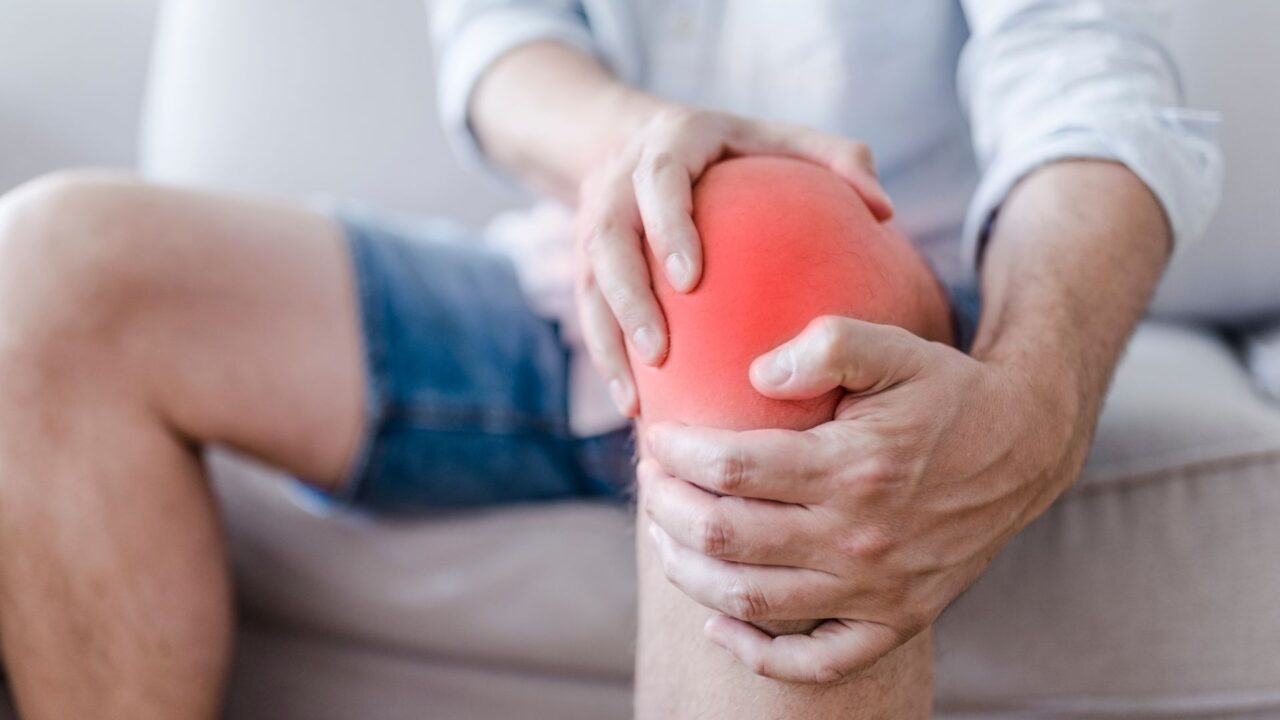Jumpers Knee Treatment in Singapore
Jumpers Knee can significantly affect your ability to stay active and enjoy daily life. Thankfully, with timely care and a structured, non-surgical approach, most individuals can return to their favourite activities without lingering pain.
Don’t ignore knee discomfort — reach out to Dr Dinesh today to book your assessment and take the first step towards a pain-free, active lifestyle.

What Is Jumpers Knee?
Jumper’s Knee, medically known as patellar tendinopathy, is a common overuse injury that affects the tendon connecting your kneecap (patella) to your shinbone. Although the name suggests it mainly affects athletes who jump, this condition can occur in anyone involved in sports or activities requiring frequent knee bending, jumping, or running.
In fact, Jumper’s Knee often develops gradually, making it important to recognise early warning signs and seek timely care. Fortunately, many cases improve with conservative, non-surgical treatments, especially when addressed early.
Why Do People Experience Jumpers Knee?
The knee joint endures significant stress during both sports and daily movements. As a result, people who engage in activities like basketball, volleyball, football, and running face a higher risk. However, Jumper’s Knee isn’t limited to athletes alone. Office workers, gym enthusiasts, and individuals who climb stairs frequently may also develop this condition.
When the patellar tendon becomes irritated or overstrained, small tears may occur, leading to inflammation and pain. Without prompt care, the discomfort may worsen over time and interfere with simple activities like walking, squatting, or standing for extended periods.
What Causes Jumper’s Knee?
There are several factors that contribute to the development of Jumper’s Knee. Understanding these causes can help you take preventive measures and protect your knees:
- Repetitive Strain: Activities involving frequent jumping, running, or sudden changes in direction put continuous pressure on the patellar tendon.
- Sudden Increase in Training Intensity: Rapidly increasing the frequency or difficulty of physical activity without proper conditioning.
- Muscle Imbalance or Weakness: Weak thigh and hip muscles can alter the movement patterns of the knee, increasing stress on the tendon.
- Improper Footwear: Worn-out or unsupportive shoes fail to absorb shock, transmitting more impact to the knees.
- Tight Hamstrings and Quadriceps: Limited flexibility in these muscles can increase tension on the patellar tendon.
By identifying these contributing factors early, you can make adjustments to your activity habits and footwear choices to reduce your risk.
What Are the Common Symptoms of Jumpers Knee?
Jumper’s Knee symptoms typically begin with mild discomfort and can gradually become more severe if left unaddressed. Common symptoms include:
- A sharp or aching pain at the front of the knee, particularly just below the kneecap.
- Pain during or after physical activities involving jumping or running.
- Discomfort when walking downstairs, squatting, or kneeling.
- Tenderness and swelling around the lower part of the kneecap.
- Stiffness in the knee joint, especially after long periods of inactivity.
If you notice these signs, it’s advisable to consult a medical professional for an early assessment.
How Do You Relieve Jumper’s Knee?
Most cases of Jumper’s Knee respond well to non-surgical, evidence-based treatments. At Dr Dinesh Clinic in Singapore, we offer a personalised, structured care approach focused on relieving pain, restoring function, and preventing recurrence.
Non-Surgical Management Options:
- Activity Modification: Reducing or temporarily avoiding high-impact activities like running or jumping while maintaining gentle, pain-free exercises.
- Therapeutic Exercises: Targeted strengthening and stretching routines to improve muscle balance, flexibility, and patellar tendon resilience.
- Footwear and Orthotic Support: Switching to supportive sports shoes or custom orthotics can reduce knee stress.
- Manual Therapy: Soft tissue mobilisation and joint techniques to relieve discomfort and improve movement.
- Anti-Inflammatory Medications: Short-term use to manage inflammation and reduce pain.
- Ultrasound-Guided Interventions: In suitable cases, image-guided injections can be considered to help reduce pain, inflammation and encourage healing.
- Shockwave Therapy: Focussed shockwave therapy can stimulate the injured area to heal.
Starting treatment early increases the chances of a quicker recovery and reduces the risk of chronic tendon problems.
When Should You See a Sports Doctor?
If you’ve been experiencing knee pain for more than a week or notice that your symptoms worsen with activity, it’s time to consult a specialist. Early assessment ensures you receive appropriate advice and treatment tailored to your lifestyle and activity goals.
At SportDoctor Singapore, Dr. Dinesh Sirisena has extensive experience managing Jumper’s Knee and other sports-related knee injuries. We focus on non-surgical solutions, helping active individuals safely return to their routines.
Why Choose Dr Dinesh in Singapore?
✔ Focused on Non-Surgical Care: Evidence-based and conservative treatment plans designed for long-term results.
✔ Experienced Sports Medicine Doctor: Dr. Dinesh Sirisena has years of clinical experience in treating knee conditions in athletes and active individuals.
✔ State-of-the-Art Facilities: On-site musculoskeletal ultrasound and modern diagnostic tools.
✔ Trusted by Active Patients in Singapore: Positive patient outcomes and trusted service.


